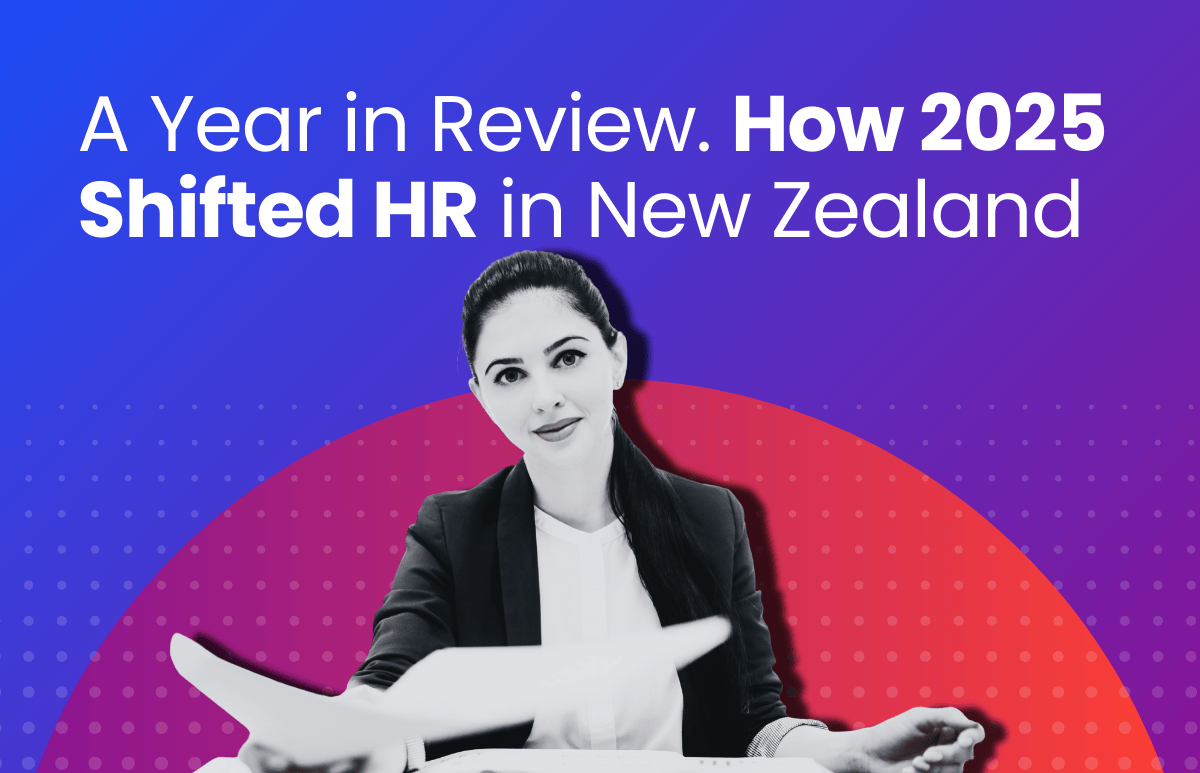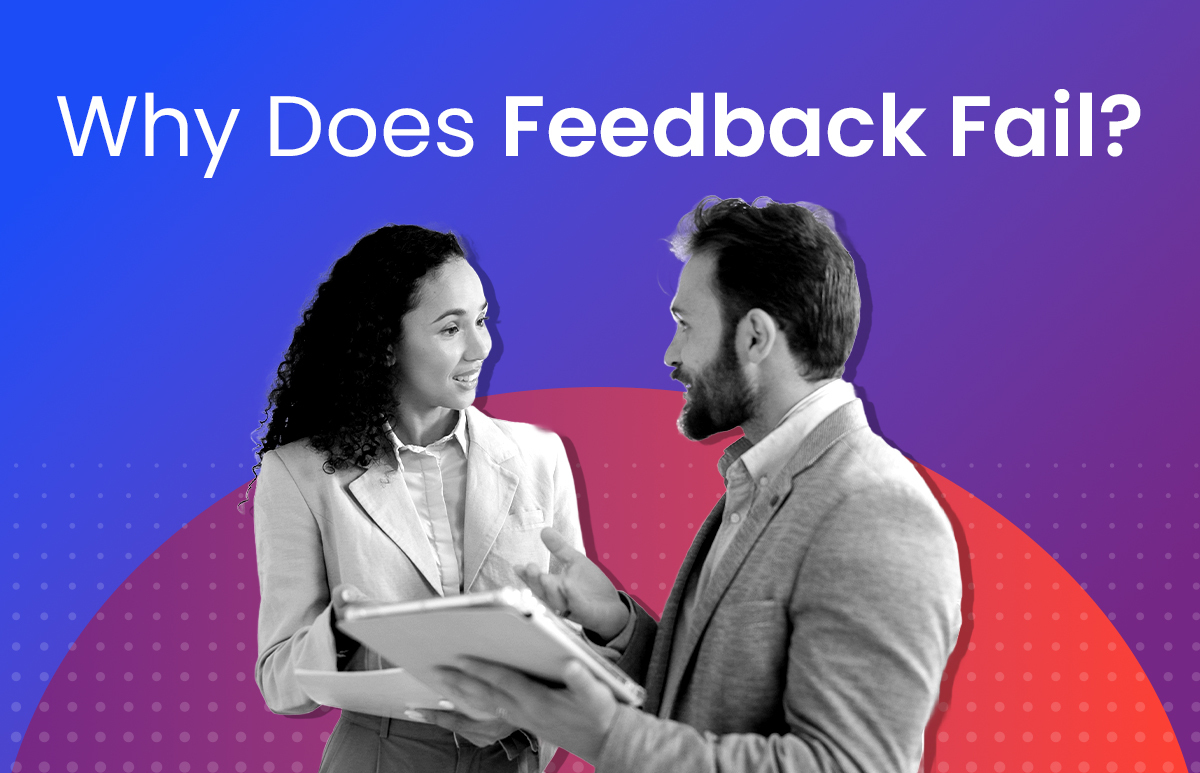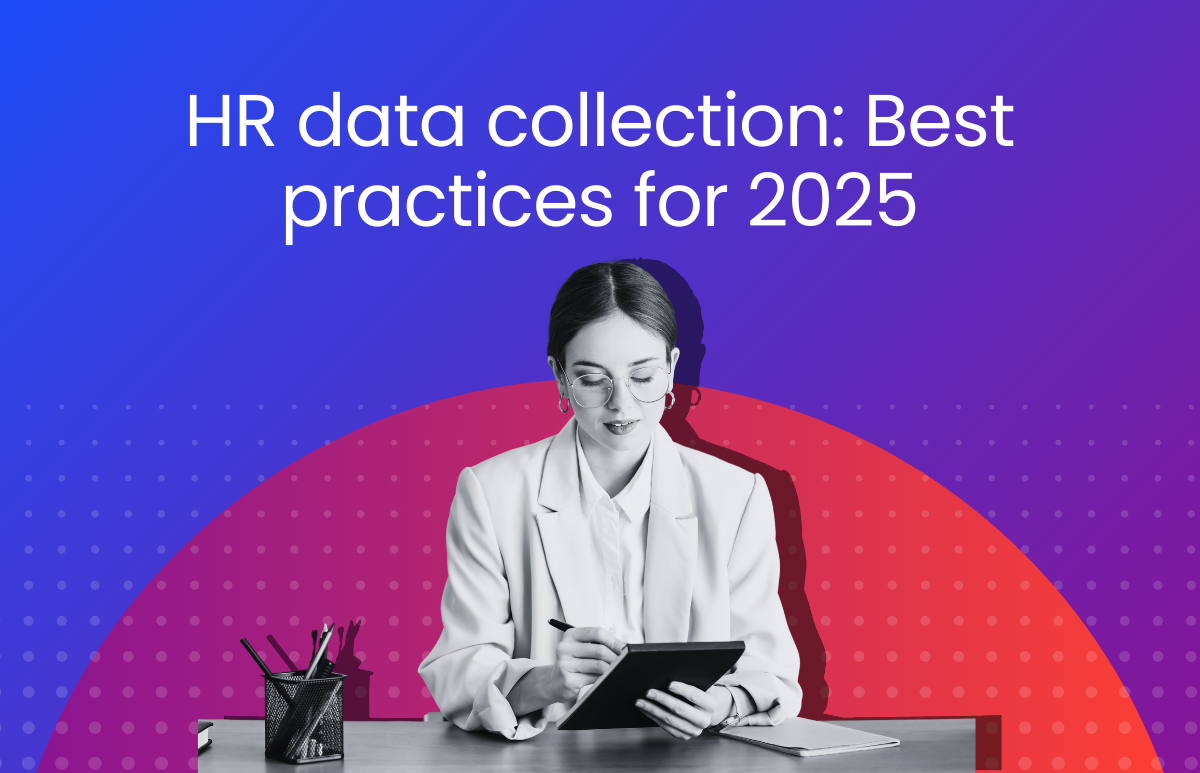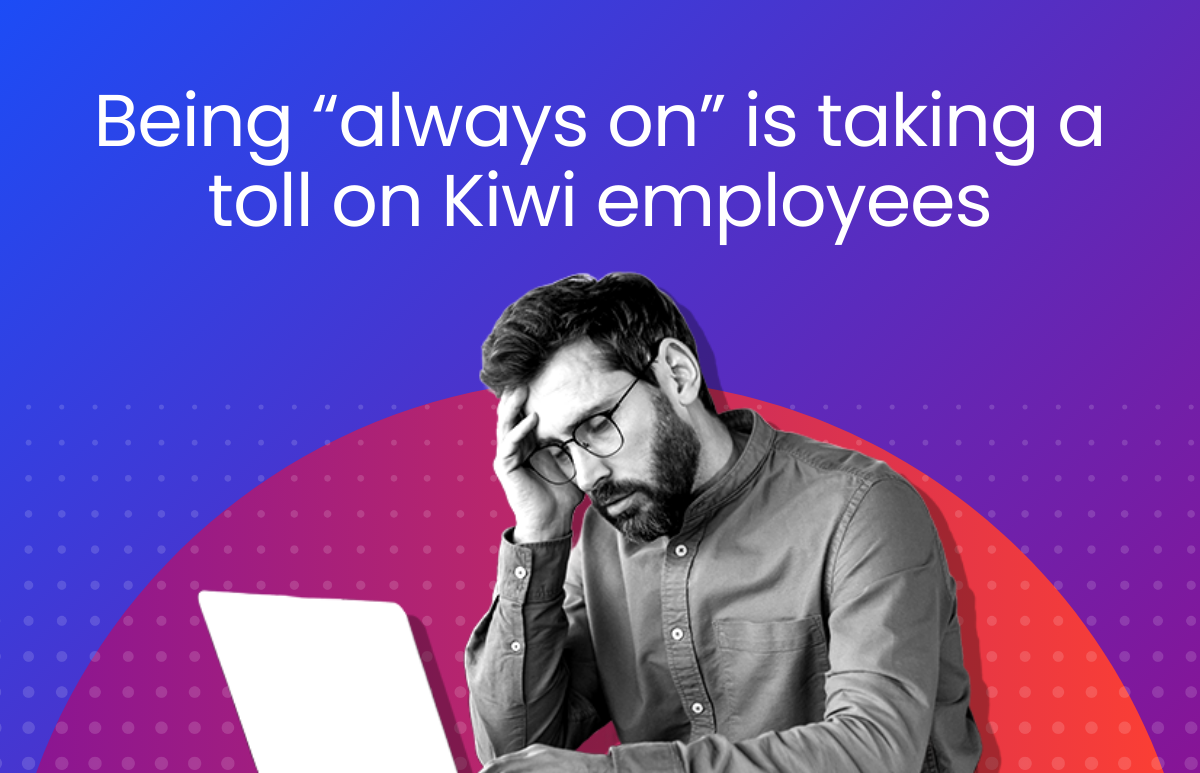Removing Unconscious Bias from the Hiring Process
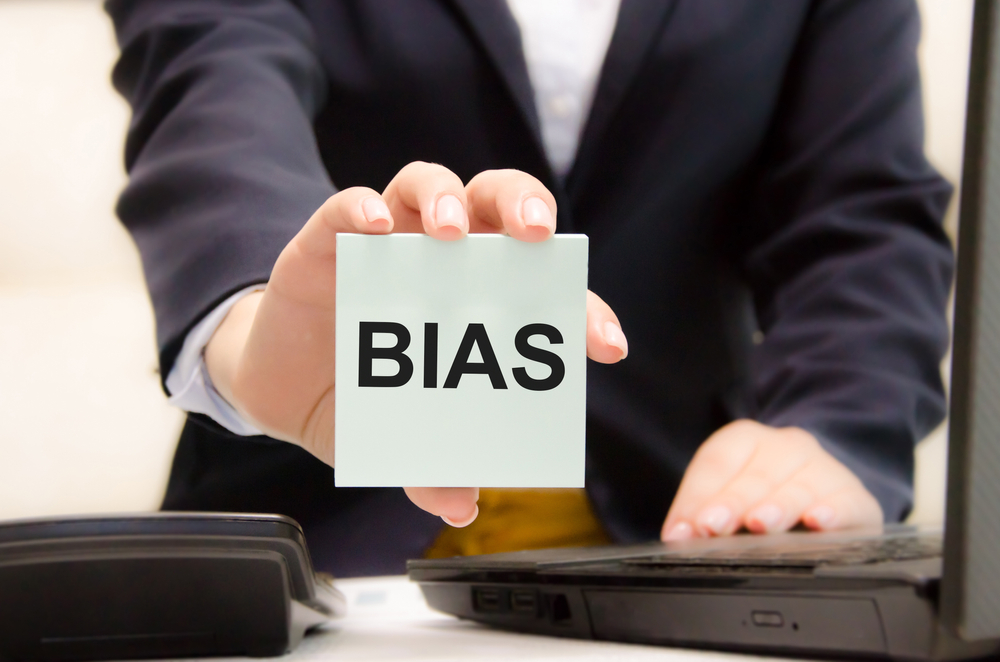
Unconscious bias in hiring is an issue that deserves more attention, especially as workplaces aim to increase diversity and inclusion.
What is unconscious bias?
Unconscious bias is the unintentional biases we develop towards individuals because of their race, gender, age, appearance, or cultural background. These associations develop over a lifetime through exposure to direct and indirect messages. Unconscious bias in hiring happens when a hiring manager shows a preference for a candidate based on factors unrelated to their qualifications.
While explicit discrimination is less common today, implicit, unconscious bias persists. This is crucial for hiring managers to understand, as unconscious bias affects our judgment and behaviour. Even when we have good intentions, we may unconsciously make biased hiring decisions.
Types of unconscious bias
- Affinity Bias – The tendency to connect with people who share similar interests, experiences and backgrounds. This can lead to hiring for “culture fit” rather than diversity.
- Ageism – Prejudice or stereotyping based on age. This often negatively impacts older individuals in the workplace.
- Anchor Bias – Relying too heavily on one trait or piece of information when making decisions. This can cause interviewers to draw quick judgments.
- Attribution Bias – Attributing someone’s behaviour or success to internal or external factors based on superficial characteristics. For example, attributing a mistake by a female employee to her gender.
- Authority Bias – The tendency to value input from authority figures, even if it goes against logic or data. This could lead to discounting valid input from more junior team members.
- Beauty Bias – Judging people’s competence or skills based on attractiveness.
- Confirmation Bias – Seeking out or interpreting information that confirms one’s existing beliefs or assumptions. This can cause interviewers to favour candidates similar to themselves.
- Conformity Bias – The urge to conform to the majority opinions or behaviours of a group. This can lead to “groupthink” instead of evaluating candidates objectively.
- Contrast Effect – When comparing two people, their differences seem bigger than they are. This can skew interviewers’ perceptions.
- Gender Bias – Prejudice or stereotyping based on gender. Women often face unconscious bias in historically male-dominated fields.
- Halo Effect – When positive attributes of a person cast a “halo” and influence perceptions of their other, unrelated attributes. For example, thinking attractive candidates are more competent.
- Height Bias – Associating height with leadership ability or competence without merit.
- Horn Effect – The opposite of the halo effect, when one negative trait casts a person in a completely negative light.
- Name Bias – Judging someone’s skills or abilities based on associations with their name and perceived background or ethnicity.
- Nonverbal Bias – Reactions to someone’s body language, accent, tone of voice or gestures. This could cause interviewers to form impressions unrelated to job qualifications.
- Overconfidence Bias – People tend to overestimate their abilities. This can cause managers to favour their assessments over data.
The importance of removing unconscious bias
Unconscious bias in hiring can have significant negative implications for both individuals and organisations. Here are some key reasons why addressing unconscious bias is crucial:
- Unconscious bias can overlook qualified candidates. This is because they don’t match the hiring manager’s expectations. By removing unconscious bias, organisations can ensure that all candidates have an equal opportunity to showcase their skills and potential.
- Diversity and Inclusion: Embracing diversity and inclusion in the workplace has numerous benefits, including increased creativity, innovation, and better decision-making. Unconscious bias can hinder diversity efforts by preventing diversity within organisations. By actively working to remove bias, organisations can create a more inclusive and diverse workforce.
- Improved Performance: Research has shown that diverse teams outperform monotonous ones. Organisations can get better results by hiring people with diverse perspectives, experiences, and skills.
Strategies for reducing unconscious bias
Making hiring more inclusive requires a multi-pronged approach targeting all stages of the recruitment process. Useful strategies include:
Offer bias training
Offering unconscious bias training can help hiring teams recognise bias and implement tools to minimise it. Training should explain:
- Common forms of unconscious bias
- How bias impacts hiring
- Steps to mitigate bias
Ideally, all hiring managers and interviewers should require training. Refresher courses help biases top of mind.
Use structured interview questions
Unstructured interviews relying on gut feelings are susceptible to bias. Structured interviews that systematically assess all candidates on the same job-related criteria are more equitable.
Steps to structuring interviews include:
- Developing a rubric with weighted criteria
- Creating standardised questions to evaluate each criteria
- Using the same rubric to score every candidate
- Synthesising scores rather than discussing impressions
Implement anonymous resume screening
Removing identifying information like names, photos, and demographic details from resumes enables reviewers to focus on qualifications without unconscious bias.
Some services automate anonymous screening, or hiring teams can manually redact resumes. This levels the playing field during initial resume assessments.
Evaluate sourcing and selection data
Regularly pull metrics on candidate sourcing and selection rates across gender, racial, and other demographic groups.
If certain groups are advancing at considerably lower rates, it may indicate the presence of unconscious bias. Look deeper to identify where bias exists, and implement controls like anonymous screening.
Seek diverse teams
Homogenous hiring teams are more prone to in-group bias, where they favour candidates of similar backgrounds. Construct diverse hiring committees representing a mix of genders, races, and thinking styles.
This helps balance any individual team member’s unconscious biases. Prioritise hiring panels over individual hiring managers.
Standardise the interview process
Leave less room for opinion by standardising the candidate experience across the board. That means:
- Using the same interviewers
- Asking the same core questions
- Conducting interviews in the same format (in-person, video, etc)
- Using identical evaluation frameworks for each candidate
Review job qualifications
Requirements like years of experience, specific skills, or degrees can disadvantage certain applicant pools. Regularly review qualifications to ensure they accurately reflect what the role requires for success. Consider skills that candidates can acquire while on the job.
Admit that implicit bias exists
Research from the University of Melbourne shows that “bias can hinder effective and inclusive recruitment and selection.” The first step to overcoming unconscious bias is acknowledging that it’s present. Even with AI and algorithms, human bias can still impact hiring decisions. Companies must recognise how implicit bias could influence their processes before they can take steps to address it.
Create a foundation of trust
Building trust, accountability and collaboration is essential to reducing bias. Programs focused on communication, empathy and conflict resolution help create an environment where people feel comfortable addressing bias and micro-aggressions. With open dialogue, companies can uncover issues and work to resolve them.
Leverage diverse referral networks
Referrals often yield candidates similar to existing teams. Proactively source referrals from employee resource groups, conferences, and networks focused on less represented groups in your field.
Casting a wide net through multiple channels allows hiring managers to discover qualified, diverse candidates they may have otherwise overlooked.
Measuring the impact and success
The only way to gauge progress in mitigating hiring bias is through careful measurement and auditing. Useful metrics include:
- Sourcing rates for different demographic groups
- Interview rates and offers by group
- Candidate assessment scores across groups
- Length of time roles remain unfilled
- Retention rates by demographic group
Compare this data before and after implementing bias reduction initiatives. If certain groups see improved trajectories, your efforts are paying off.
Case Studies of successful organisations
Several organisations have successfully implemented strategies to address unconscious bias in their hiring processes. Here are two notable examples:
Case Study 1: Google
Google recognised the importance of diversity and inclusion and implemented various initiatives to address bias in their hiring processes. They introduced unconscious bias training for all employees involved in the hiring process and made it mandatory. Google also revamped their interview processes to focus on structured interviews and assess candidates based on specific criteria. These efforts resulted in a more diverse workforce and increased employee satisfaction.
Case Study 2: Deloitte
Deloitte, a professional services firm, implemented a unique approach to tackle unconscious bias in their hiring practices. They developed an inclusive leadership program that focused on raising awareness of biases and fostering inclusive behaviours. Additionally, Deloitte provided training to recruiters on how to minimise unconscious bias during candidate evaluations. As a result, the firm saw an increase in the number of women and less represented minorities in leadership positions.
Conclusion
Overcoming unconscious bias in hiring will not happen suddenly. However implementing structured, equitable processes makes it possible to counteract our inherent biases.
Rather than relying on intuition and “gut feelings,” ground decisions in concrete data like structured interviews and defined hiring criteria. Diverse perspectives and conscious effort are essential to inclusive hiring.
Companies can hire more diverse talent by addressing unconscious bias, streamlining their hiring process, and tracking their progress. The result is a smarter, more innovative workforce ready to drive businesses forward.
 HR Core
HR Core 


